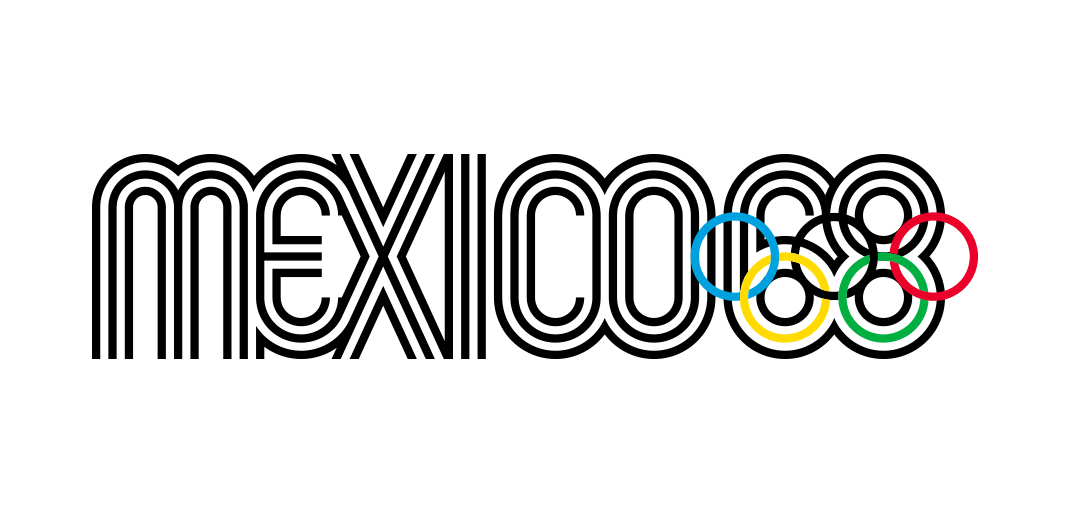9 things we learned about colour at Adobe's Twitter Party
What happened when we explored the role of colour in design with thousands of creatives around the world.
Last night, thousands of creatives around the world tuned in for our first-ever Adobe Twitter party, a fast-paced discussion of the importance of colour between us, leading Adobe representatives and some of the industry’s brightest creative talents.
Everyone was invited: we asked you to send us your colour-related questions using the hashtag #InspiredbyColour – and you sent them in droves.
Thousands turned up for an evening of insight, inspiration, debate and discussion. For some, it was even a night of firsts...
We also had a fantastic prize up for grabs – a Creative Cloud subscription – for the best contributor, which went to Oxford-based designer and illustrator Sam Osborne. Congratulations!
A huge thanks to everyone who joined us. And for those who couldn’t make it last night, here are nine things we learned from last night's Twitter party...
01. Colour is important in design – but it isn't integral
We kicked proceedings off with a warm-up question: how important do you think colour is, in design?
Several early responses highlighted the key role of colour in establishing mood, brand recognition and market standout.
Get the Creative Bloq Newsletter
Daily design news, reviews, how-tos and more, as picked by the editors.
But not everyone agreed. Motion graphics director, illustrator and animator Simon Tibbs raised an excellent point – and many agreed.
02. Colour profiles and regular calibration are essential for consistency
Even the lighting in your room can affect the way a colour might apear to the eye, so frequent calibration is essential.
Ensuring calibration is consistent across different machines can be a tricky procedure, added Adobe's Rufus Deuchler, but it's certainly not impossible.
03. Colour has deep-rooted cultural and psychological associations
Everyone agreed that “color influences our decisions" as human experience agency Squat New York pointed out.
According to Adobe’s Tony Harmer, many offices are now painted blue to calm and encourage deep thought. In fact, Harmer added, our response to colour is as built into our psyche as our response to music.
Around the world, of course, there are cultural differences in how people respond to colours. (But there isn't a "globally negative" colour, it was decided.)
04. #thedress has raised important questions about colour perception
Many agreed with the suggestion from London-based creative production studio Dazzle Ship that 'the dress' has brought the issue of colour perception into the spotlight.
Everybody views colour differently, as Liam Brazier pointed out.
This difference in perception is why an important part of testing involves checking for deuteranopia and protanopia colour-blindness, as Adobe’s Tony Harmer explained.
He added that you can check how a design might look to those who are colourblind while working in Adobe Photoshop and Illustrator.
Next page: five more things we learned…

Thank you for reading 5 articles this month* Join now for unlimited access
Enjoy your first month for just £1 / $1 / €1
*Read 5 free articles per month without a subscription

Join now for unlimited access
Try first month for just £1 / $1 / €1

The Creative Bloq team is made up of a group of art and design enthusiasts, and has changed and evolved since Creative Bloq began back in 2012. The current website team consists of eight full-time members of staff: Editor Georgia Coggan, Deputy Editor Rosie Hilder, Ecommerce Editor Beren Neale, Senior News Editor Daniel Piper, Editor, Digital Art and 3D Ian Dean, Tech Reviews Editor Erlingur Einarsson, Ecommerce Writer Beth Nicholls and Staff Writer Natalie Fear, as well as a roster of freelancers from around the world. The ImagineFX magazine team also pitch in, ensuring that content from leading digital art publication ImagineFX is represented on Creative Bloq.
